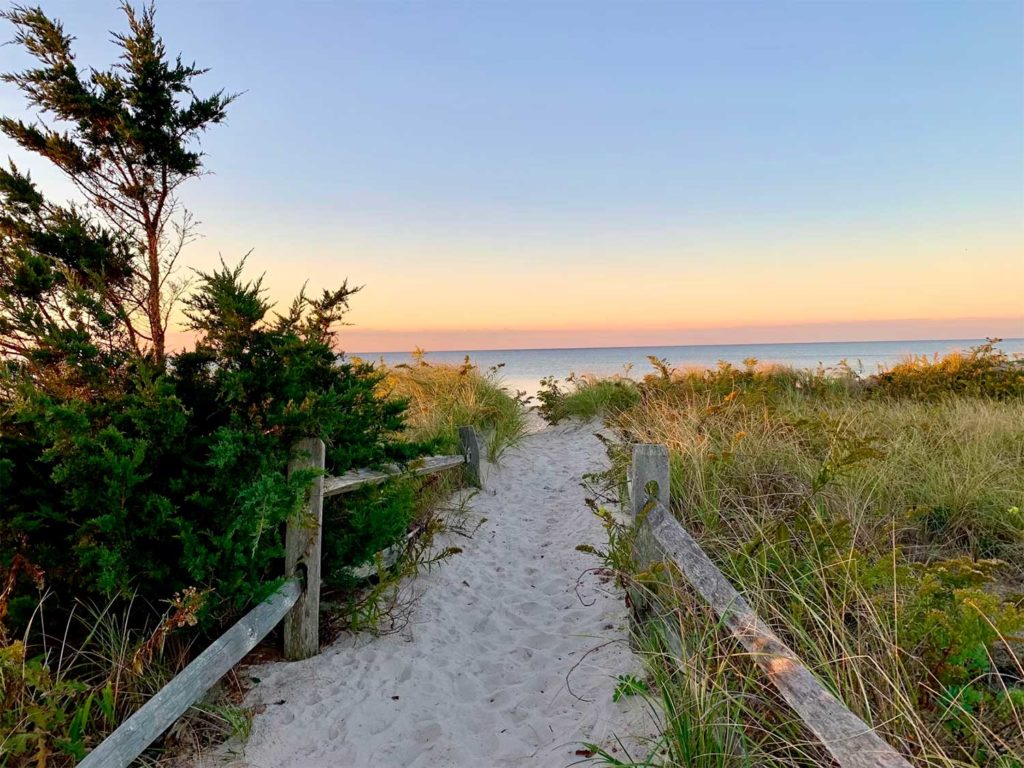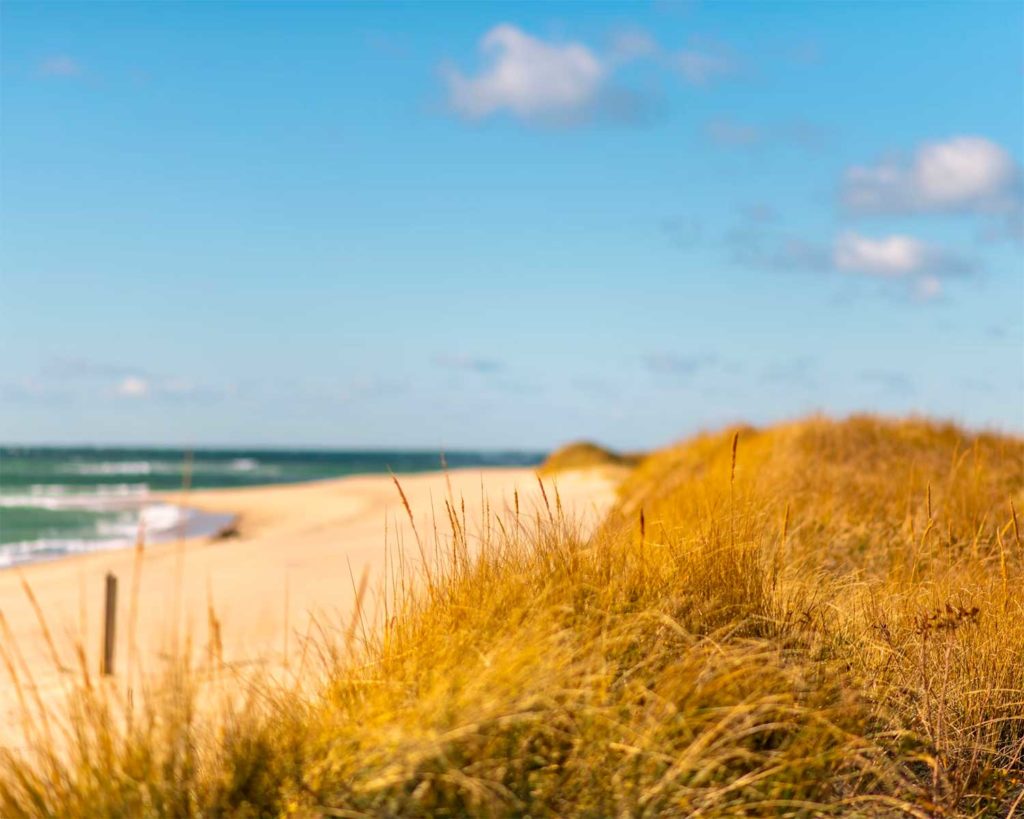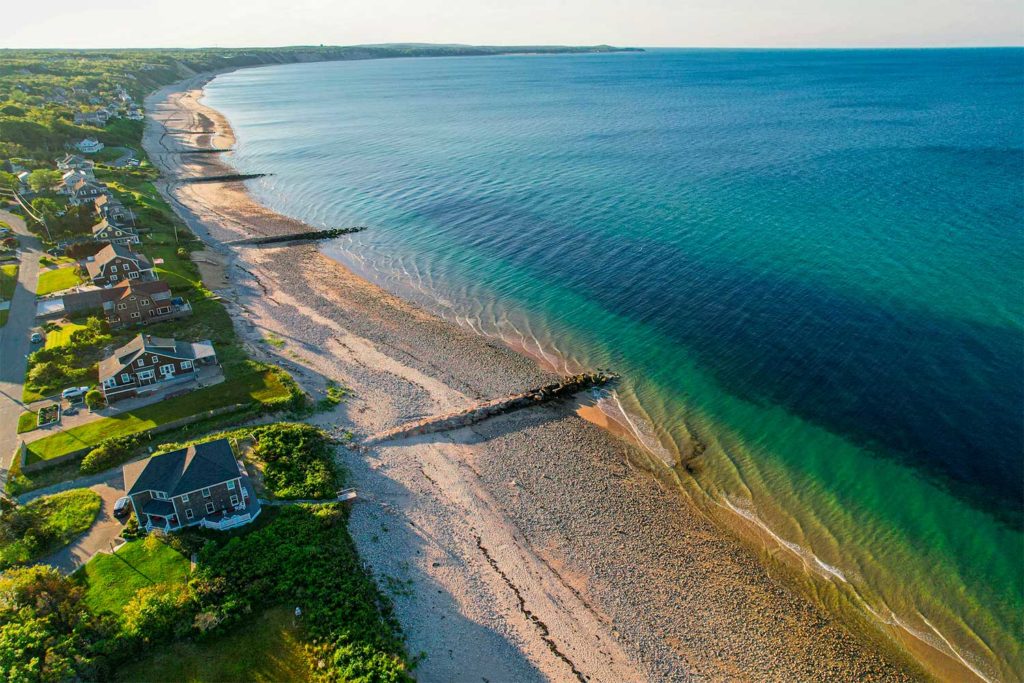Cape Cod in books
Ten notable books set in Cape Cod, mixing nature, family drama, mystery, and history — a guide to understanding the region through literature.
Cape Cod as a Literary Setting
Cape Cod, a peninsula extending about 65 miles (105 km) into the Atlantic Ocean from the state of Massachusetts, has been attracting writers since the 19th century. Its shifting dunes, wide sandy beaches, salt marshes, and fishing villages offer a blend of isolation and connection to the sea. The quality of light, the constant wind, and the surrounding waters have inspired both observational nature writing and dramatic fiction.
In the early 20th century, the region’s economy revolved around fishing, small-scale shipbuilding, and a seasonal influx of summer visitors. Writers often used these contrasting rhythms — busy summers and quiet, wind-battered winters — to frame their narratives. Real towns such as Provincetown, Wellfleet, and Chatham appear frequently, complete with distances, ferry schedules, and descriptions of the local economy.
In contemporary literature, Cape Cod functions as more than a backdrop. It’s a living element in the plot — shaping characters’ decisions, influencing relationships, and adding texture to mysteries, romances, and family sagas. The stories often reference tangible details: water temperatures, distances between wharfs, seasonal population changes, and the effects of storms.

10 Notable Books Set in Cape Cod
1. Sandwich – Catherine Newman – 2024
Story and Cape Cod context
This novel unfolds over a single week during a family’s long-standing annual vacation in Cape Cod. Rocky, the protagonist, balances caring for her aging parents while supporting her grown children through their own transitions. The beach house — close enough to smell the salt air — is a constant presence, described down to the creak of its steps and the pattern of its deck chairs. Lobster dinners, septic tank issues, and board games after dark give a realistic picture of summer life on the Cape. The landscape is more than scenery; it reflects Rocky’s sense of continuity and change.
Author
Catherine Newman is a journalist and novelist known for We All Want Impossible Things. She often writes about family life and the small, telling details that define relationships. Her work is rooted in observation and humor, using domestic moments to explore broader emotional themes.
2. The Outermost House – Henry Beston – 1928
Story and Cape Cod context
This classic of American nature writing recounts the author’s year in a small house built on a dune about 2 miles (3 km) from the Coast Guard station. Beston records tides, weather patterns, bird migrations, and the changing color of the ocean throughout the seasons. The solitude is punctuated by visits from fishermen and Coast Guardsmen. Cape Cod here is elemental — wind, sand, sea — and each observation is tied to measurable conditions such as wind speed and wave height.
Author
Henry Beston (1888–1968) was a writer and naturalist. He also wrote Northern Farm. His careful, data-driven descriptions helped influence the creation of the Cape Cod National Seashore in 1961. His work is still studied in environmental literature courses.

3. The House on Nauset Marsh – Wyman Richardson – 1947
Story and Cape Cod context
Richardson writes about his family’s house near the Nauset Marsh in Eastham. The essays move through the year: watching storms roll in, tracking the return of ospreys, and detailing the work of maintaining a property exposed to salt air. The marsh itself is a character — at high tide, water laps close to the door; at low tide, mudflats stretch for hundreds of meters. Cape Cod here is intimate, measured in walks to the shoreline and hours between tide changes.
Author
Wyman Richardson (1896–1953) was a physician and keen observer of nature. He published essays in The Atlantic Monthly and is regarded as one of the great chroniclers of Cape Cod’s coastal environment, alongside Thoreau and Beston.
4. The Cape Cod Mystery – Phoebe Atwood Taylor – 1931
Story and Cape Cod context
When author Dale Sanborn is found dead in his cabin on Cape Cod, suspicion falls on his neighbors. Amateur sleuth Asey Mayo, nicknamed the “Codfish Sherlock,” investigates by piecing together physical clues: the cabin’s floor plan, the time it takes to row between certain coves, and the muddy footprints left on a particular path. Cape Cod’s geography and close-knit communities shape both the crime and the investigation.
Author
Phoebe Atwood Taylor (1899–1964) wrote more than two dozen Asey Mayo mysteries. She combined humor with tightly plotted whodunits, often set in recognizably real Cape Cod locations. Her books were popular enough to be adapted for film in the 1930s.
5. The Mystery of the Cape Cod Tavern – Phoebe Atwood Taylor – 1934
Story and Cape Cod context
A wealthy innkeeper is stabbed on the grand staircase of her Cape Cod tavern. The building’s architecture — including the placement of antique weapons on the wall — becomes a central part of the mystery. Asey Mayo uses his knowledge of local roads, ferry timetables, and tavern layout to narrow the suspect list. The story captures the mix of summer visitors and year-round residents that defined the Cape in the 1930s.
Author
Again, Taylor’s mastery lies in integrating physical settings into her plots. The tavern could easily be imagined in towns like Sandwich or Chatham, with its mix of maritime décor and isolation from urban centers.

6. The Shores of Bohemia: A Cape Cod Story, 1910–1960 – John Taylor Williams – 2022
Story and Cape Cod context
This non-fiction work chronicles fifty years of artists, writers, and eccentrics who made Cape Cod their home or seasonal retreat. From Provincetown’s painters’ colonies to Wellfleet’s writers’ gatherings, the book traces how the region’s remoteness and natural beauty encouraged creative experimentation. It covers real houses, beach distances, and the logistics of getting from Boston by car or ferry.
Author
John Taylor Williams is a historian specializing in cultural and literary history. He has written extensively about American artistic communities, placing Cape Cod in the broader context of 20th-century bohemian enclaves.
7. The Paper Palace – Miranda Cowley Heller – 2020
Story and Cape Cod context
Set over a single summer day, Elle Bishop contemplates a life-changing choice while moving through her family’s summer camp on Cape Cod. The narrative weaves past and present, with flashbacks to decades of summers spent swimming in nearby ponds, walking to the ocean, and enduring Cape storms. The physical camp — creaky screen doors, the short path to the dock — mirrors Elle’s layered history.
Author
Miranda Cowley Heller, a former HBO executive, uses her deep knowledge of narrative pacing to craft a novel praised for its tight time frame and richly rendered setting. The Paper Palace was a Reese’s Book Club pick.
8. Big Summer – Jennifer Weiner – 2020
Story and Cape Cod context
When influencer Daphne Berg is invited to her ex-best friend’s Cape Cod wedding, she reluctantly accepts. The ceremony is set in a glass-walled beachfront mansion with panoramic ocean views. Tensions simmer as the tides rise and secrets emerge. The Cape’s mix of public beaches and private estates underscores the novel’s themes of image and reality.
Author
Jennifer Weiner is a bestselling author known for novels exploring friendship, family, and self-image. Her works often reach the New York Times bestseller list and have been adapted for film.

9. On the Broken Shore – James MacManus – date unknown
Story and Cape Cod context
A family living on Cape Cod is shattered by the drowning of a child. The narrative follows their attempts to rebuild, with scenes set in local laboratories, fishing docks, and on windswept beaches. The Cape’s shifting shoreline becomes a metaphor for instability, with practical descriptions of coastal erosion and tidal changes.
Author
James MacManus writes character-driven fiction grounded in place. While little is known about his other works, this novel shows a clear grasp of the Cape’s physical and emotional landscapes.
10. The Bookshop by the Bay – Pamela M. Kelley – date unknown
Story and Cape Cod context
Two friends reopen a small-town bookstore in a Cape Cod seaside village. Their daily routines include stocking shelves, walking to the pier, and chatting with locals at the coffee shop across the street. The proximity to the water — a few hundred meters from the shop — is a constant reminder of the town’s pace and priorities.
Author
Pamela M. Kelley specializes in novels set in coastal communities. Her books often revolve around friendship, small business challenges, and the seasonal rhythms of seaside life.
See our section Travel with books.


